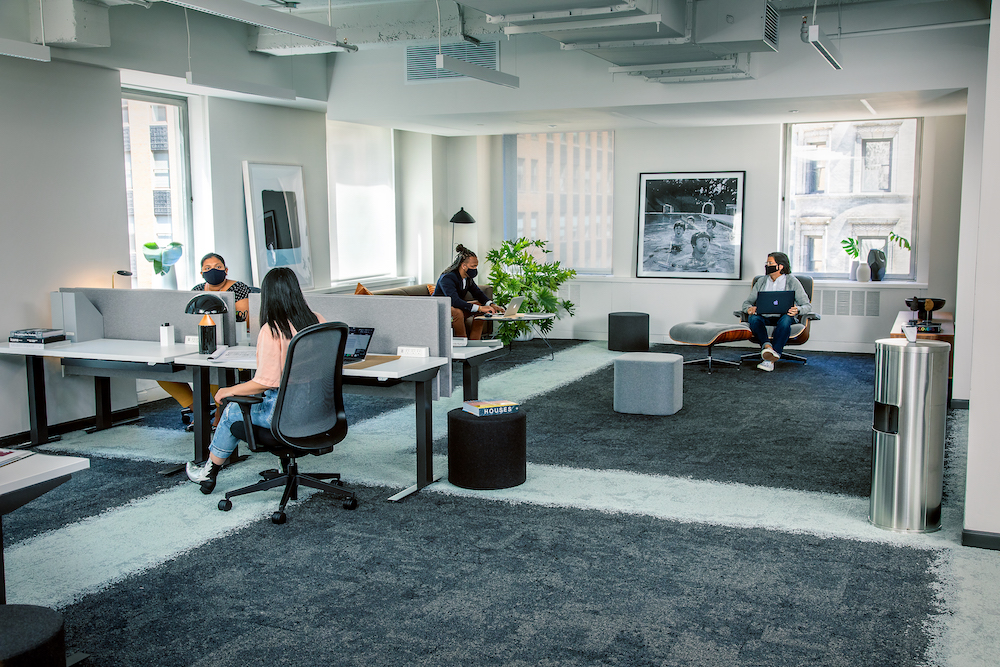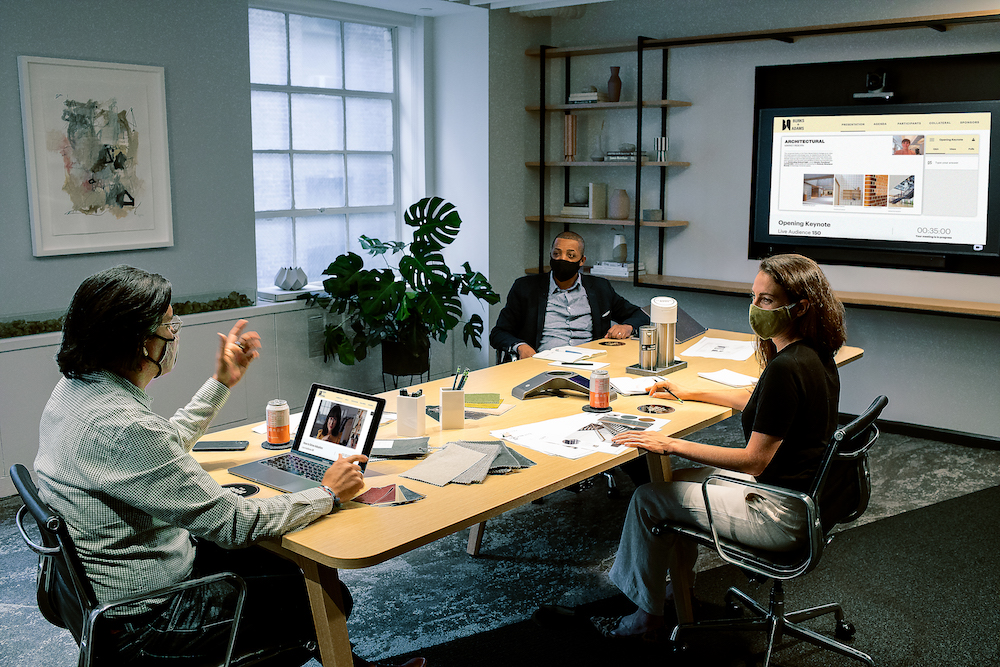A new normal: Supporting Hybrid Office working
Workplace and people strategy trends are converging and changing more than ever before.
Trust and engagement are core to each and will require creative solutions that diverge from traditional practices. Distributed work is being adopted to varying degrees across the business landscape. We’re also seeing a re-emphasis of the role of the office due to legitimate concerns about engagement and team productivity. The great remote experiment has both succeeded and failed. The hybrid work day is the answer.
While reported productivity seems not to be impacted, there are questions about how sustainable it is to work remotely long term. Leaders are concerned that fully-remote working could lead to burnout, disengagement, and even mental health problems. Many employees also miss the social and learning aspects of time spent in an office. Striking the right balance will be important, which leads us to believe that the future is a hybrid of office-based and anywhere-based work.
The hybrid work experience will center on trust. Employees will be trusted to choose the place where they are most productive, allowing workforces to fluidly consume workspaces. Companies will look to create places and strategies that build trust among their employees, allowing distributed teams to work more effectively.




